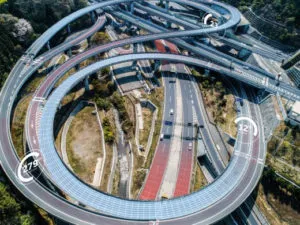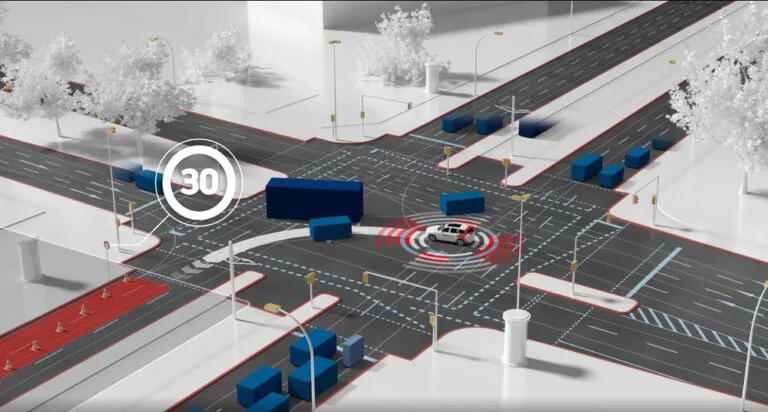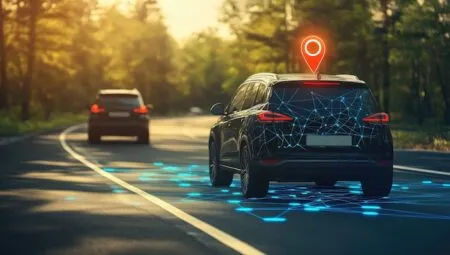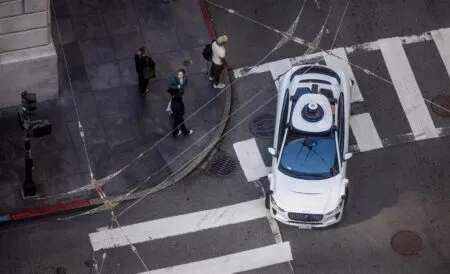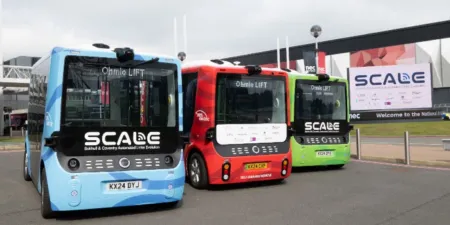In the buildup to Europe’s biggest automotive event, the IAA Frankfurt Motor Show in Germany, navigation and traffic information company TomTom released details of its latest fully autonomous test vehicle and the increased use of its maps in automated vehicles worldwide.
Named ‘Trillian’, the highly customized car has been designed to test and improve TomTom’s autonomous driving technologies, which includes the industry-leading High Definition (HD) Map, Roadagrams, and the AutoStream map streaming service. Eight lidar scanners, stereo cameras and six radars are built into the new vehicle, with the extensive sensor set allowing for the testing of different sensor configurations. They provide a 360-degree view of the vehicle’s surroundings, and the data from these sensors is processed and referenced against the TomTom HD Map so the vehicle can locate itself precisely.
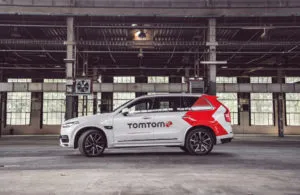 The TomTom HD Map is a highly accurate and highly attributed representation of the road, including lane models, lane geometry, and traffic signs, with accuracy down to a few inches. It enables automated vehicles to precisely locate themselves on the road; to build a detailed model of the surrounding environment working together with the vehicle sensors; and to plan a path to the destination. Recently TomTom announced that it had closed deals with multiple global carmakers to provide its HD Map, which covers Europe, the USA and Asia, securing market leadership in high definition mapping.
The TomTom HD Map is a highly accurate and highly attributed representation of the road, including lane models, lane geometry, and traffic signs, with accuracy down to a few inches. It enables automated vehicles to precisely locate themselves on the road; to build a detailed model of the surrounding environment working together with the vehicle sensors; and to plan a path to the destination. Recently TomTom announced that it had closed deals with multiple global carmakers to provide its HD Map, which covers Europe, the USA and Asia, securing market leadership in high definition mapping.
As it prepares for IAA Frankfurt, which runs from September 12-22, the company has announced that the number of SAE Level 1 and Level 2-enabled vehicles powered by its maps for automated driving has doubled. TomTom says there are now over one million vehicles, both private and commercial, and from multiple vehicle manufacturers, are now in use on the world’s roads. SAE Level 1 (Driver Assistance) encompasses automation of either lateral or longitudinal vehicle motion control, while Level 2 (Partial Automation) encompasses automation of both lateral and longitudinal vehicle motion control. TomTom notes that the use of its maps for driver assistance and safety warnings can help automakers to achieve higher Euro NCAP (European New Car Assessment Program) ratings.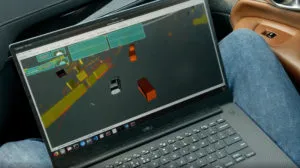
“Having our own autonomous vehicle is a critical advantage when it comes to developing the technology required for safe and comfortable autonomous driving. We can continuously test our mapping technology on the roads, get insights and high-quality data on how it performs in a multitude of circumstances and, right away, feed this into our AI-driven map-making process,” said Willem Strijbosch, TomTom’s head of autonomous driving. “We’re already the natural choice for automakers who want to deploy automated driving systems on a global scale. Now that we can move even faster in our research and product development, we’re further elevating the quality of our offering. From helping commercial vehicles to drive more efficiently, to keeping passenger cars safe on the highway, our maps for automated driving are paving the way for an autonomous future.”